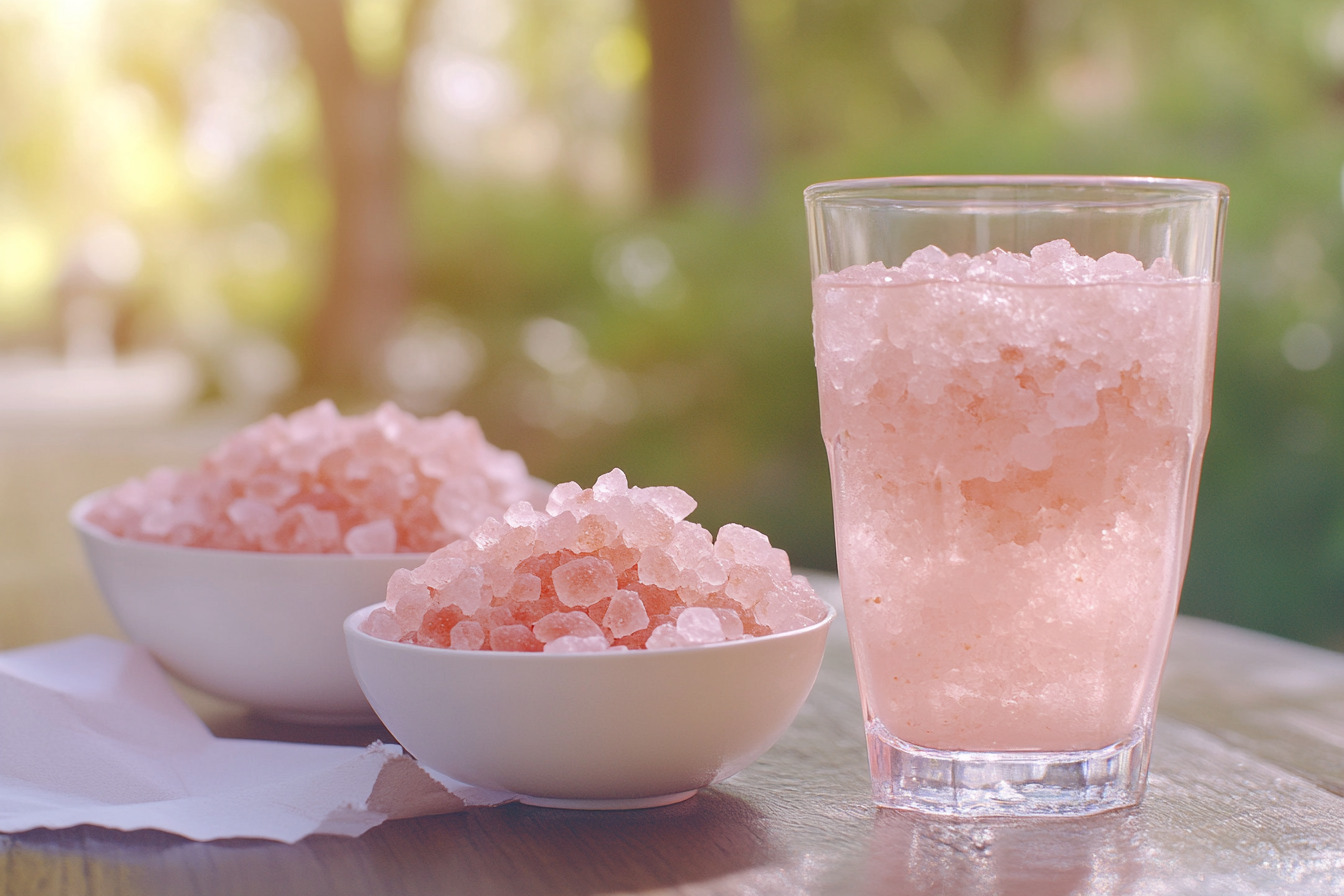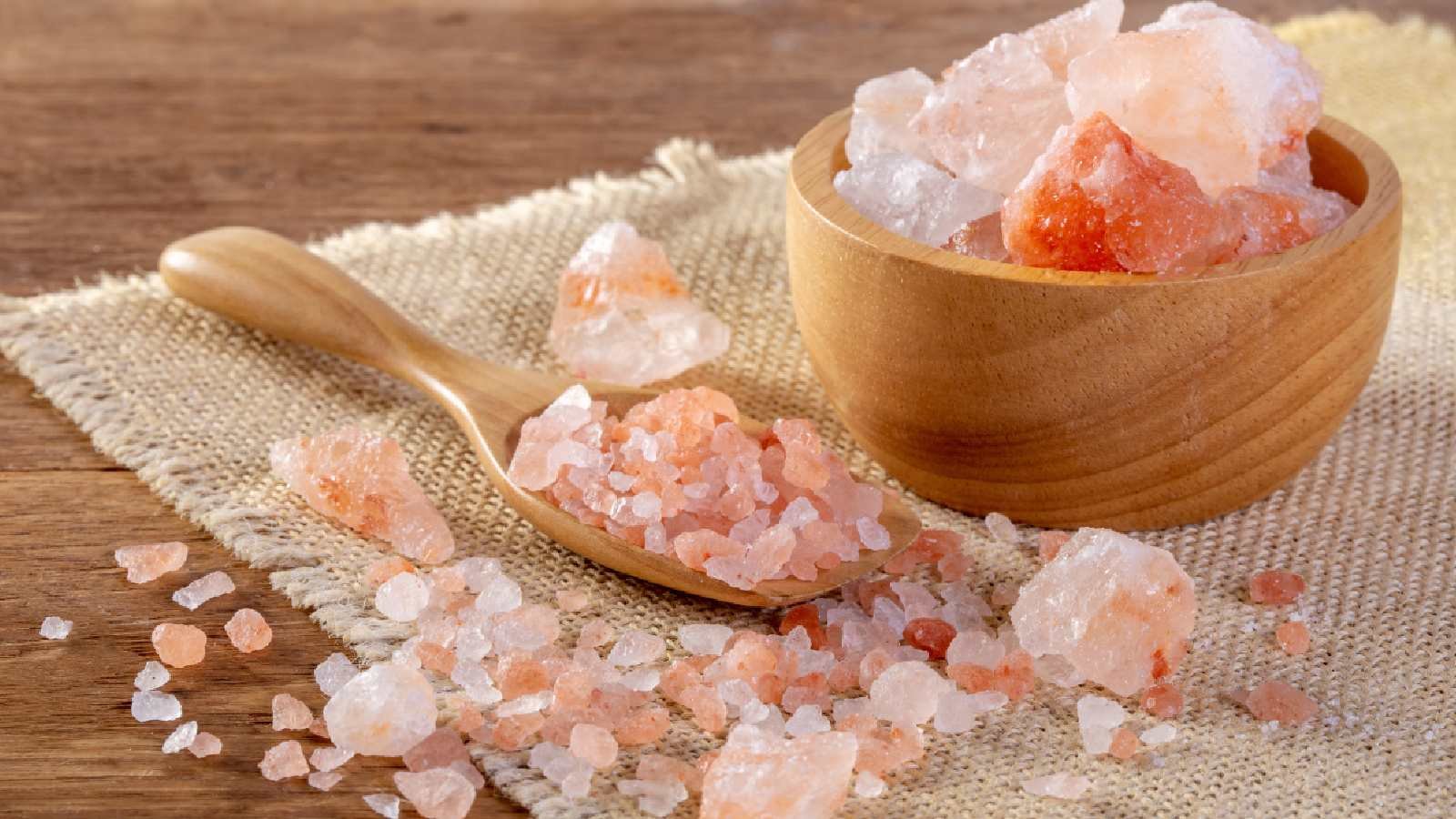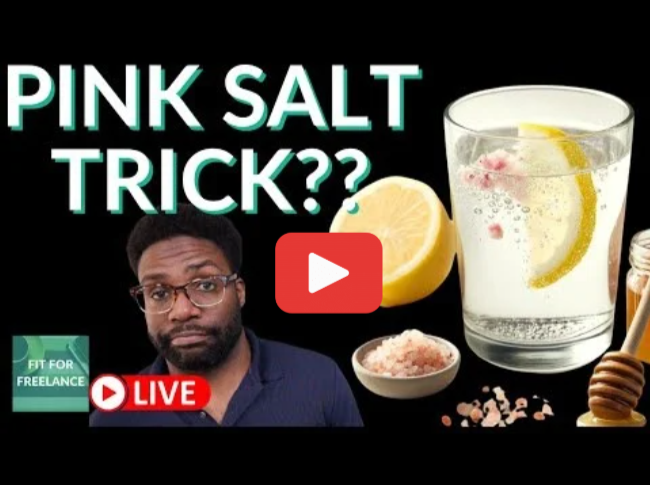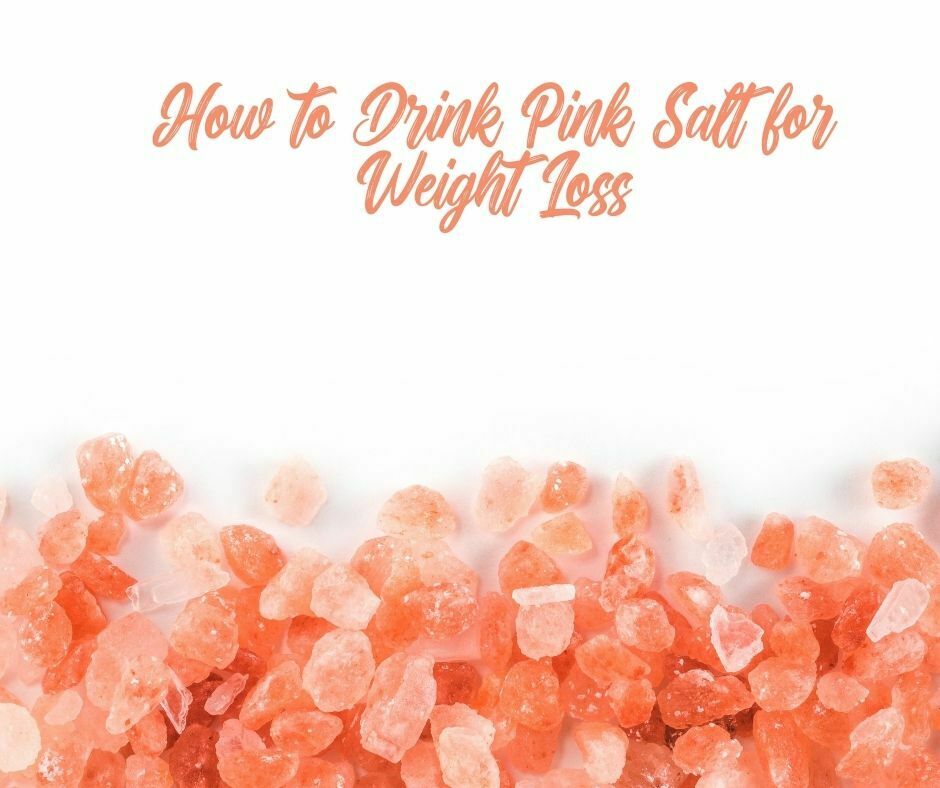What Is The Pink Salt Trick For Weight Loss

A controversial weight loss claim involving pink Himalayan salt is rapidly circulating online, promising effortless shedding of pounds. Experts are urgently debunking this trend, warning of potential health risks associated with misinformation.
This article dissects the "pink salt trick" for weight loss, separating fact from fiction and providing crucial information to protect consumers from potentially harmful practices.
The Alleged "Pink Salt Trick": What's Being Claimed?
The core of the claim revolves around consuming pink Himalayan salt in specific ways, often dissolved in water, before or after meals.
Proponents suggest this purportedly boosts metabolism, detoxifies the body, and reduces water retention, leading to weight loss.
Many versions suggest consuming a specific amount (usually a teaspoon) in water, with variations on timing and additional ingredients.
Debunking the Myths: What Experts Say
Registered dietitians and medical professionals overwhelmingly refute the claims associated with the "pink salt trick."
"There is absolutely no scientific evidence to support the idea that pink Himalayan salt directly causes weight loss," states Dr. Emily Carter, a registered dietitian.
She further clarifies, "While adequate hydration is crucial for overall health and can indirectly support weight management, the salt itself doesn't possess any magical fat-burning properties."
The American Heart Association emphasizes that excessive sodium intake, regardless of the source (including pink Himalayan salt), can lead to high blood pressure, increasing the risk of heart disease and stroke.
They recommend a daily sodium intake of no more than 2,300 milligrams, and ideally, no more than 1,500 milligrams for most adults.
The "pink salt trick" often encourages sodium consumption above these recommended levels.
The Reality of Pink Himalayan Salt: Composition and Benefits
Pink Himalayan salt is primarily sodium chloride, similar to table salt.
It contains trace minerals like potassium, magnesium, and calcium, which are responsible for its pink hue.
However, the amounts of these minerals are so small that they offer no significant health advantage over regular table salt when it comes to weight loss.
According to the National Institutes of Health (NIH), the mineral content in pink Himalayan salt is negligible in terms of providing substantial health benefits.
Any perceived benefits are likely due to the placebo effect or the impact of increased water intake, which can temporarily reduce bloating.
Potential Risks of Following the "Pink Salt Trick"
Elevated sodium intake is the most significant risk associated with this trend.
For individuals with pre-existing conditions like hypertension, kidney disease, or heart failure, following this advice could be particularly dangerous.
It can exacerbate symptoms and potentially lead to serious health complications.
Dehydration is another potential consequence if the increased sodium intake isn't balanced with sufficient water.
While the trick encourages water consumption, overdoing the salt without adequate hydration can have the opposite effect, drawing water out of cells.
Furthermore, relying on unproven methods like the "pink salt trick" can delay individuals from seeking evidence-based strategies for weight management, such as a balanced diet and regular exercise.
Evidence-Based Weight Loss Strategies: What Works
Sustainable weight loss is achieved through a combination of dietary changes and increased physical activity.
Focusing on whole, unprocessed foods, portion control, and regular exercise is crucial.
Consulting with a registered dietitian or healthcare professional can provide personalized guidance and support.
The Centers for Disease Control and Prevention (CDC) recommends aiming for a weight loss of 1-2 pounds per week, which is considered a healthy and sustainable rate.
This can be achieved by creating a calorie deficit of 500-750 calories per day through diet and exercise.
Avoid quick-fix solutions and prioritize long-term lifestyle changes.
Moving Forward: Separating Fact From Fiction
The "pink salt trick" for weight loss is a misleading claim lacking scientific backing.
Consumers are urged to critically evaluate information found online and consult with healthcare professionals before adopting any new health practices.
Continued monitoring of online health trends is essential to combat misinformation and protect public health.
Health organizations and medical experts are actively working to disseminate accurate information about weight management and debunk harmful myths like the "pink salt trick."
Stay informed by consulting reputable sources like the CDC, NIH, and the American Heart Association.
Report any misleading health claims to relevant authorities to help prevent the spread of misinformation.


















